Why do we need it?
Global warming and the effects have been at the forefront of the news for many years, and government is now enforcing targets for the aviation industry to help mitigate the issues. Aviation is thought to contribute 2.5% of global CO2 emissions, and with an increase in low-cost air travel this is likely to increase over the coming years.
Global aviation aims, set by ICAO, are to halve the emissions by 2050. On the other hand, ‘Destination 2050’, a proposal outlined by European Aviation Trade Association, have set the target of net zero carbon dioxide emissions by 2050.
Sustainable Aviation Fuel, otherwise known as SAF, is a clean substitute for fossil jet fuels. SAF gives an impressive reduction of up to 80% in carbon emissions over the life cycle of the fuel compared to traditional jet fuel it is set to replace. Some typical feedstocks include cooking oil, animal, and plant fats.
How is it different to carbon offsetting?
Carbon offsetting is a way companies and individuals can contribute to reduce the aircraft’s overall carbon emissions. Passengers and airlines neutralise a proportion of the emissions by re-investing in carbon reduction projects. SAF, however, reduces the primary effect of carbon production rather than offsetting the effects.
Who is using it?
Each airline has set goals to become carbon neutral by a certain time in the future. British Airways, Ryanair and EasyJet aim for net zero emissions by 2050, whilst technology and manufacturing companies, for example Airbus, ambitiously target 2035. This is when we expect to see the world’s first zero emissions commercial aircraft.
Everyone is innovating in their own way, currently SAF is being tested by multiple companies and airlines.
Rolls-Royce, working with Boeing, is the latest company to successfully test SAF. Using one of the largest passenger aircrafts, the B747, they successfully completed their test flight with no indications of engineering issues. Validating further this new fuel. From this test, Rolls Royce have confirmed that all their Trent engines will be compatible with 100% SAF by 2023.
United Airlines have also completed their first flight. Unlike many other airlines, United used 100% SAF in one engine, and for safety matters the other engine used traditional jet fuel. Their test flight too, was uneventful.
EasyJet released lately that at one of their largest bases, Gatwick, they will be powering over half of their Gatwick fleet with 30% blended SAF. In turn this will reduce the carbon emissions of these elected 42 aircraft by an astonishing 70 tonnes.
As I am sure you are aware, last month British Airways launched the “perfect flight”. Using the A320NEO, BA used a 35% blend SAF, with all other emissions being offset, it was the first commercial carbon neutral flight.
What’s next?
Just last week, the Department for Business, Energy and Industrial Strategy stated that they aim for sustainable aviation fuel to make up 10% of all aircraft fuel by 2030. They are also giving £180 million to support development of SAF plants in the UK.
The US, which are currently producing approximately 4.5 million gallons of SAF a year have pledged that they will increase that you an annual production of 3 billion gallons each year by 2030.
Australia led the way in 2018, with the first trans-Pacific flight, using a biofuel processed from mustard seeds. They too, are continuing to strive towards a net zero carbon emission aviation industry with Qantas being the forefront of change. With 38 airports globally already distributing SAF, the widespread uptake, and successful test flights, a greener future
